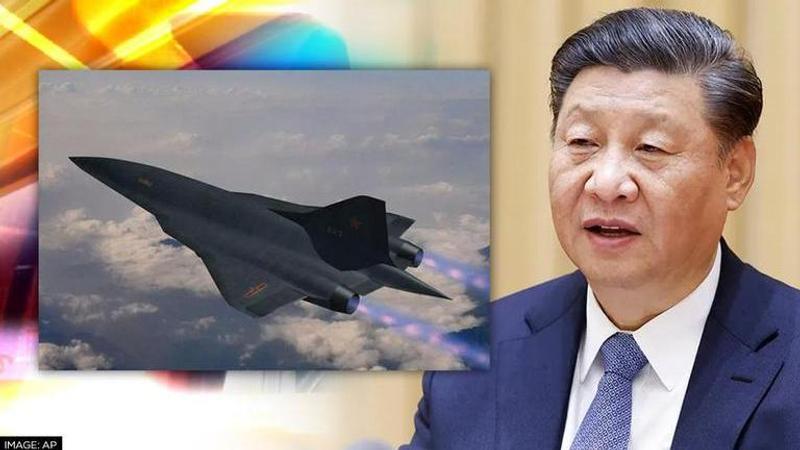Published 10:20 IST, December 11th 2021
China tests hypersonic flight engine based on design rejected by NASA 20 years ago: Report
A team of Chinese scientists have built and tested a prototype hypersonic flight engine using a design developed by NASA but later rejected due to high costs.

A team of Chinese scientists have built and tested a prototype hypersonic flight engine using a design developed by US space agency NASA but later rejected due to high costs and unsolved technical problems. According to the South China Morning Post, the design was conceived by Ming Han Tang, a Chinese American who served as the lead engineer of NASA’s hypersonic program in the late 1990s. However, in the 2000s, the US government cancelled the program created to test Tang’s design due to technical challenges and costs.
SCMP reported that in later years, the prototype research was then taken up by a group of Nanjing University of Aeronautics and Astronautics scientists led by professor Tan Huijin, who created the prototype hypersonic engine featuring a pair of side-opening air inlets based on a declassified Tang scheme. Now, the Chinese research team tested the prototype in a wind tunnel that could stimulate flight conditions from 4,900-9,800 kph for several seconds. They reportedly discovered that the engines could start even in the most difficult of flight conditions, precisely as Tang expected.
China's hypersonic prototype plane
It is to mention that the prototype is capable of operating in Mach 4 to Mach 8 (4,900-9,800 kph) speed conditions. One of the key features of the experimental TSV-X plane is also that it is powered by two separate engines on the sides. Moreover, the prototype plane can also lower speeds so that engines are able to operate as regular turbine jet engines in a bid to transition to a high-speed mode.
However, NASA was unable to complete the project as the dual-engine design’s aerodynamics were too complex. There were also certain key problems that remain unanswered to date, such as whether the engines could ignite after moving to hypersonic speed. Therefore, the US government cancelled the program, citing technical challenges and costs.
But now the same design has reportedly gained attention in China. According to SCMP, Chinese scientists believe that understanding the design’s work mechanism can provide important guidance to hypersonic plane and engine development. However, Chinese professor Tan Huijin and his colleagues also noted that Tang’s design was not ideal as strong turbulence could occur around several corners of the air inlet, compromising flying stability. The researchers said that the plane's ability to rise steeply without choking its engines was similarly limited.
Further, the Chinese experts emphasised that even if the dual-engine architecture was viable with some advantages, many difficult challenges remain. Meanwhile, it is to mention here that currently, China’s hypersonic vehicles and weapons utilise a rocket to initiate flight. But by 2035, Chinese space officials hope to produce a jet that can transport ten passengers anywhere on Earth in an hour.
(Image: AP)
Updated 10:20 IST, December 11th 2021




